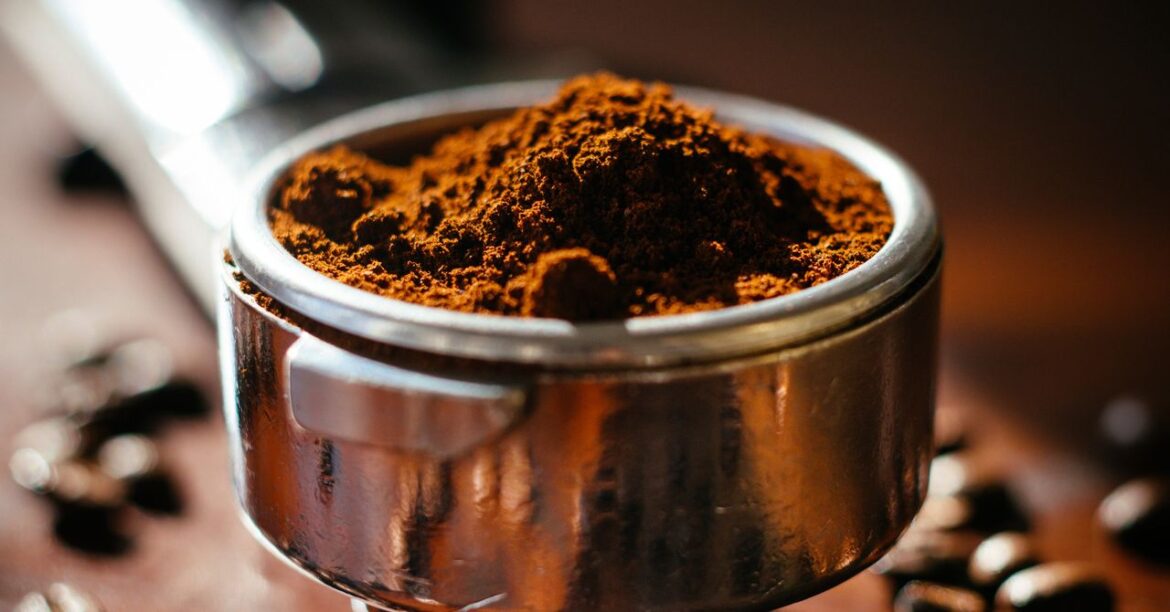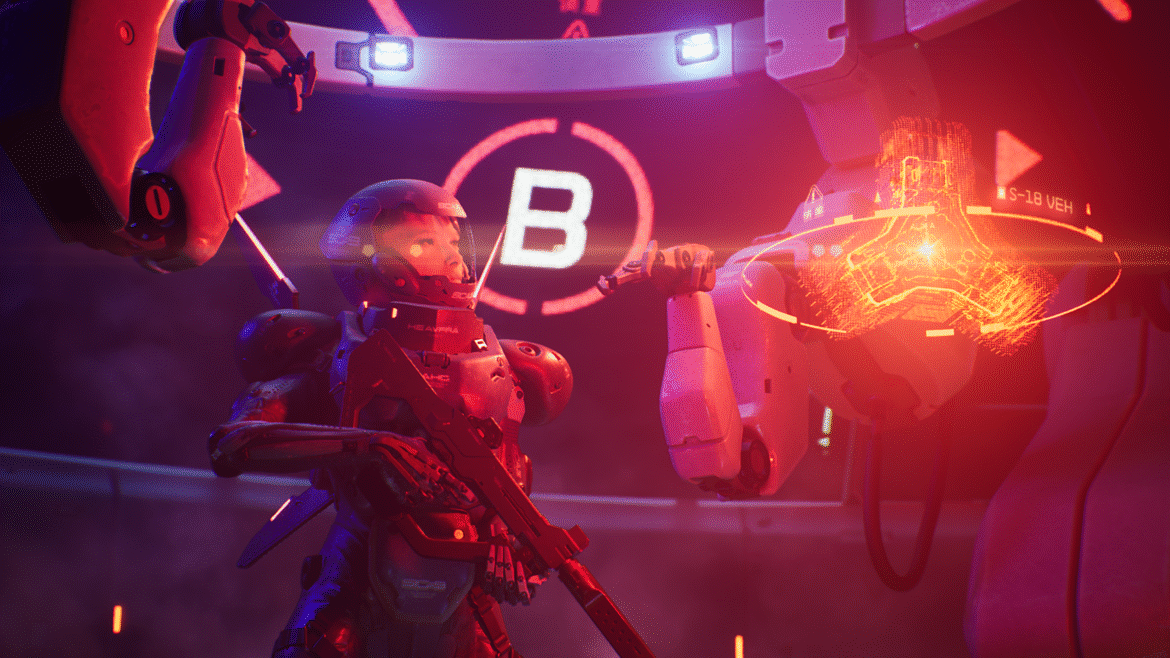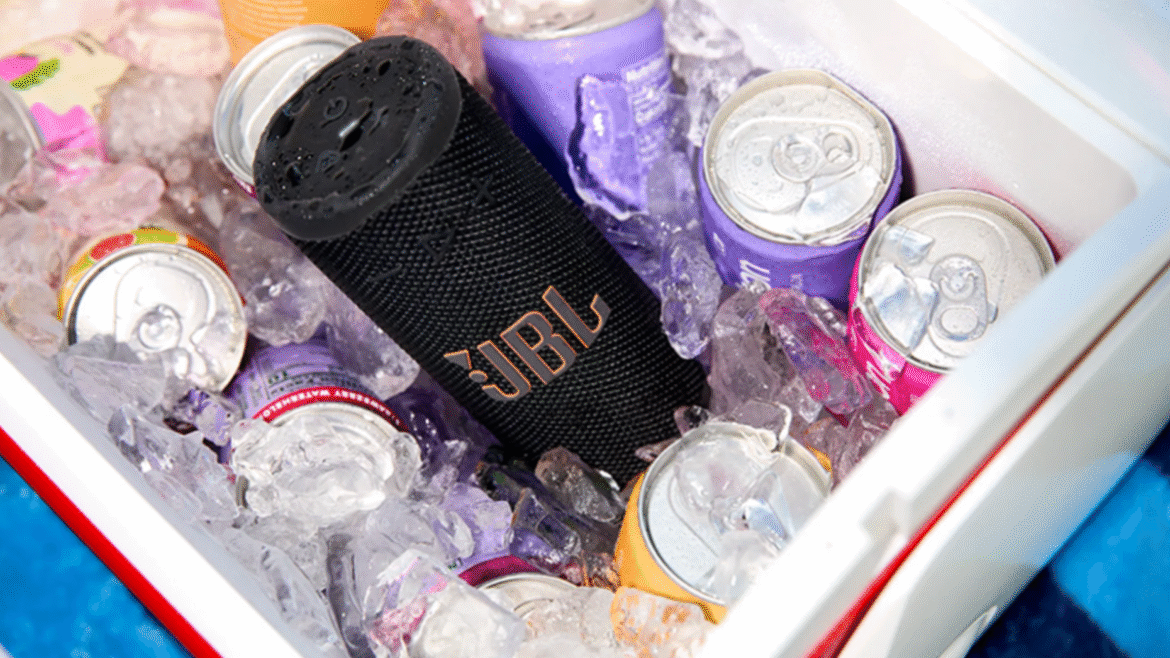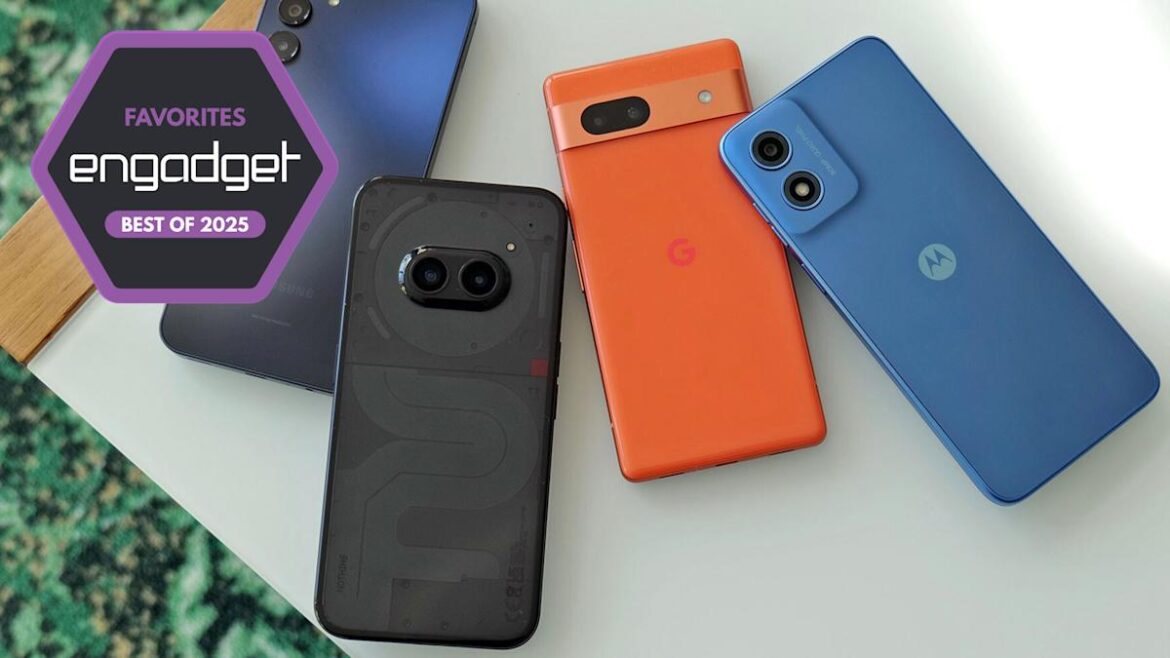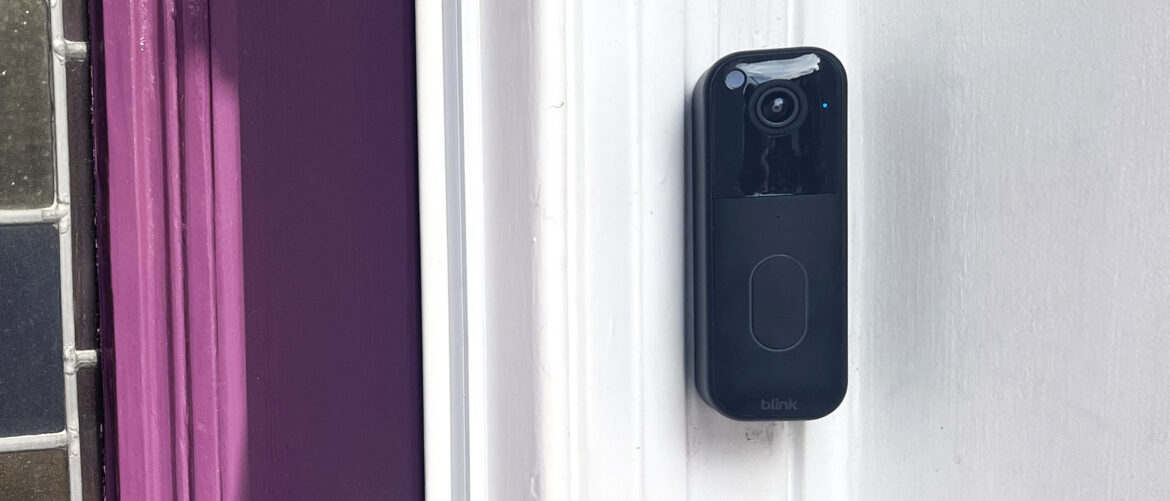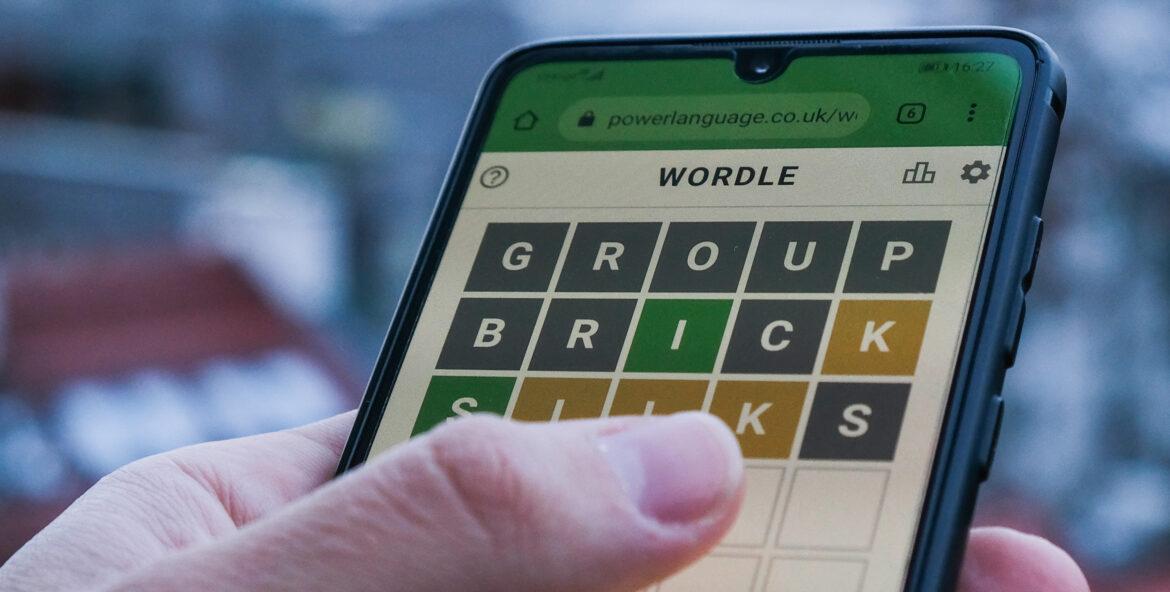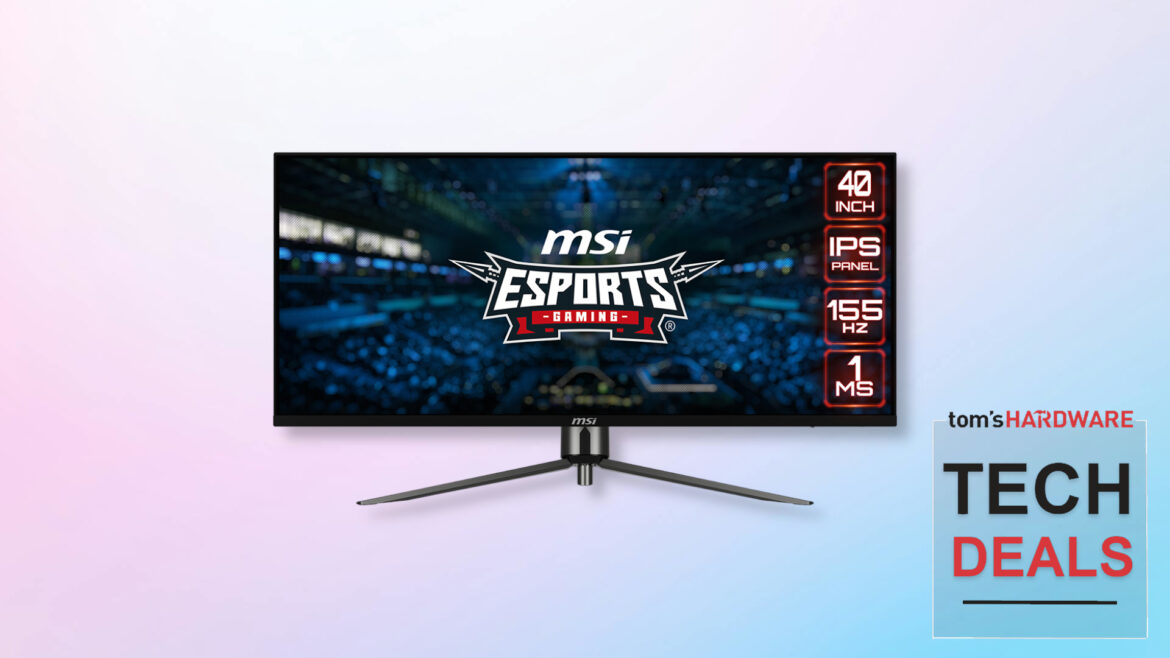Speculation about Donald Trump’s declining health was running rampant on social media over the holiday weekend as Americans wondered whether the president was actually on his deathbed. Some people even turned to AI tools in an effort to get a better look at grainy photos of Trump, who seemed to only be captured in blurry images like Bigfoot in the wild.
But using AI like that is a complete waste of time. The AI only confused people because these “enhancements” can’t actually give you a more honest picture of a grainy photo. AI just adds bullshit that wasn’t there to begin with.
Patient zero for the AI-induced nonsense about Trump this weekend appeared to be a Bluesky user named Christopher Webb. The online sleuth wrote, “Today’s press pool photo shows Trump leaving the White House this morning,” while sharing a grainy photo from Getty Images.
“I enhanced the image. And seriously, can an expert explain what the hell is happening to his forehead? Right above his nose and right brow,” Webb continued, watermarking the image in the lower-right corner.
Today’s press pool photo shows Trump leaving the White House this morning.
I enhanced the image. And seriously, can an expert explain what the hell is happening to his forehead? Right above his nose and right brow.
[image or embed]
— Christopher Webb (@cwebbonline.com) September 1, 2025 at 8:49 AM
And that AI-augmented image rippled around the entire English-speaking internet.
Grok told me it’s real
It did look weird. The AI-altered photo showed what appeared to be a large mass on Trump’s forehead, causing people to insist that he had a stroke. Others came up with even more specific diagnoses, calling it a “decompressive hemicraniectomy,” in a screenshot on X that also appeared to rely on generative AI for information.
Two tweets speculating about the mass on Trump’s head, which was added by AI enhancement tools. © X
The AI image jumped from Bluesky to just about every other social media platform on the internet, including X, Threads, Instagram, and TikTok.
Users on X asked Grok, as they so often do, to check if the photo was legit. Grok insisted the photo was real “with no obvious signs of photoshopping.”
© X
Grok, of course, often gets things wrong, even when it’s not being intentionally manipulated by its billionaire owner, Elon Musk, to spit out far-right talking points. Musk, as you may recall, gave two Nazi-style salutes back in January and tinkered with Grok in ways that made it praise Hitler and spread conspiracy theories about white farmers being killed in South Africa.
But that massive lump on Trump’s forehead isn’t real. It was added by AI because applying tools that “upscale” an image doesn’t actually bring you closer to the truth. It simply brings you closer to an image that looks sharper and less pixelated. And these tools will take things like shadows or innocuous creases in a person’s face and make it appear as if there’s something there when there isn’t.
Check the flag
Maybe the best way to understand what’s happening is to look at the flags on Trump’s hat in the original photo and the AI-enhanced image. What do you notice?
Images: Getty / Bluesky
Yep, the AI image didn’t create a better version of reality. It made an educated guess about what the flag on the hat was supposed to look like and made it sharper. It managed to get rid of the stars in the process, only producing stripes. Sharper stripes, sure. But just stripes.
Zoom and enhance
This is far from the first time we’ve seen the rise of conspiracy theories aided by AI upscalers.
Do you remember when Will Smith slapped Chris Rock on stage at the Oscars in 2022? The video circulated widely, given how shocked everyone was at the time, and people started applying AI tools to get what they assumed would be a better view. But it just added shit that wasn’t there, leading to conspiracy theories.
As I wrote at the time, images were going viral purporting to show some kind of weird prosthetic on Rock’s face. The conspiracy theory was that Smith’s slap had been planned in advance by the producers of the Academy Awards and that we were seeing some kind of pad that would cushion the blow of any physical contact.
Image likely enhanced by AI of Chris Rock from March 2022 that added a weird fold to his skin. © X
It was an odd theory, given the fact that a tiny protective cushion wouldn’t do much if you slapped someone. But that’s what the internet ran with. And it appeared that people were just uploading the more pixelated images of Rock to AI upscaler tools in an attempt to get a better look.
The “pad” on Rock’s face was created by the AI tools because it took the natural lines on Rock’s face and made them even sharper, highlighting shadows and creating new information that wasn’t in the original image.
Older than our current “AI”
These “enhancement” tools are even older than generative AI tools like ChatGPT, which was launched in late 2022. Back in 2020, a tool called Face Depixelizer was being promoted as a way to turn pixelated photos into sharp images. But people quickly figured out just how silly it was by using images of famous people like President Barack Obama, who was transformed into a white guy.
© X
The focus on social media at the time was about how these tools were racially biased. But biased or not, the tool simply didn’t work as advertised. You were supposed to be getting a better look at the world. And it gave you a more inaccurate one, regardless of race.
People shared some of the most humorous examples on X, which was then known as Twitter before Musk bought the site.
An image of @BarackObama getting upsampled into a white guy is floating around because it illustrates racial bias in #MachineLearning. Just in case you think it isn’t real, it is, I got the code working locally. Here is me, and here is @AOC. pic.twitter.com/kvL3pwwWe1
— 🔥囧Robert Osazuwa Ness囧🔥 (@osazuwa) June 20, 2020
As you can see, the AI tool is just doing its best to add information, often missing things that we can even see with the naked eye. And there is that bias, which may have previously been unintentional but is certainly much more intentional when guys like Musk are tinkering with the weights.
Should we write off upscaling completely?
When it comes to AI upscaling, not all applications are bad. If you’re trying to get a sharper image for a fictional scenario, like in a video game, there are use cases that make sense. But the confusion around what AI upscaling actually does can lead people to believe the computer program is giving them a better look at reality. And that’s just not true.
There was a trend a few years back to upscale some of the earliest short films, including clips from the 19th century, and it gave people the impression that they were seeing something more honest. And while the technique was interesting to see, it gave people a false impression.
The faces that viewers could suddenly make out (which had previously been too grainy and pixelated to see clearly) were just rendered by a computer as it tried to make something look better.
It wasn’t a more accurate version of a snowball fight, for instance, after upscaling. It was just a clearer one. And just like Chris Rock’s newly invented cheek pad, the faces on the people in that video include details that simply didn’t exist in the real world. They’re the AI program’s best guesses at what it should look like.
Trump’s health mystery
It’s not so weird to wonder about Trump’s health right now. He’s been seen with strange black marks on the back of his right hand for multiple weeks. But many social media users were asking conspiratorial questions that had reasonable answers over the weekend.
There were the viral videos that showed an ambulance riding along with the presidential motorcade. But there’s always a medical team traveling with the president in case of an emergency.
There were posts pointing out the fact that flags at the White House were lowered. But that was done to honor the victims of the shooting at a Catholic school in Minneapolis. One popular video on TikTok even claimed flags are never lowered to half-mast except when the president dies, which isn’t true.
Then there were the claims that Walter Reed hospital, where Trump was treated when he got covid-19 during his first term, had closed off several roads on Monday. But, again, that had a reasonable explanation. Those roads are often closed during holiday weekends. Monday was Labor Day.
There were countless versions of this speculation, but the truth is we simply don’t know whether Trump’s health is seriously deteriorating. The fact that he’s shied away from cameras in recent days makes people think he’s on his last legs.
But AI upscaler tools aren’t going to give us any answers. In fact, they’re just going to make all of us less informed.


